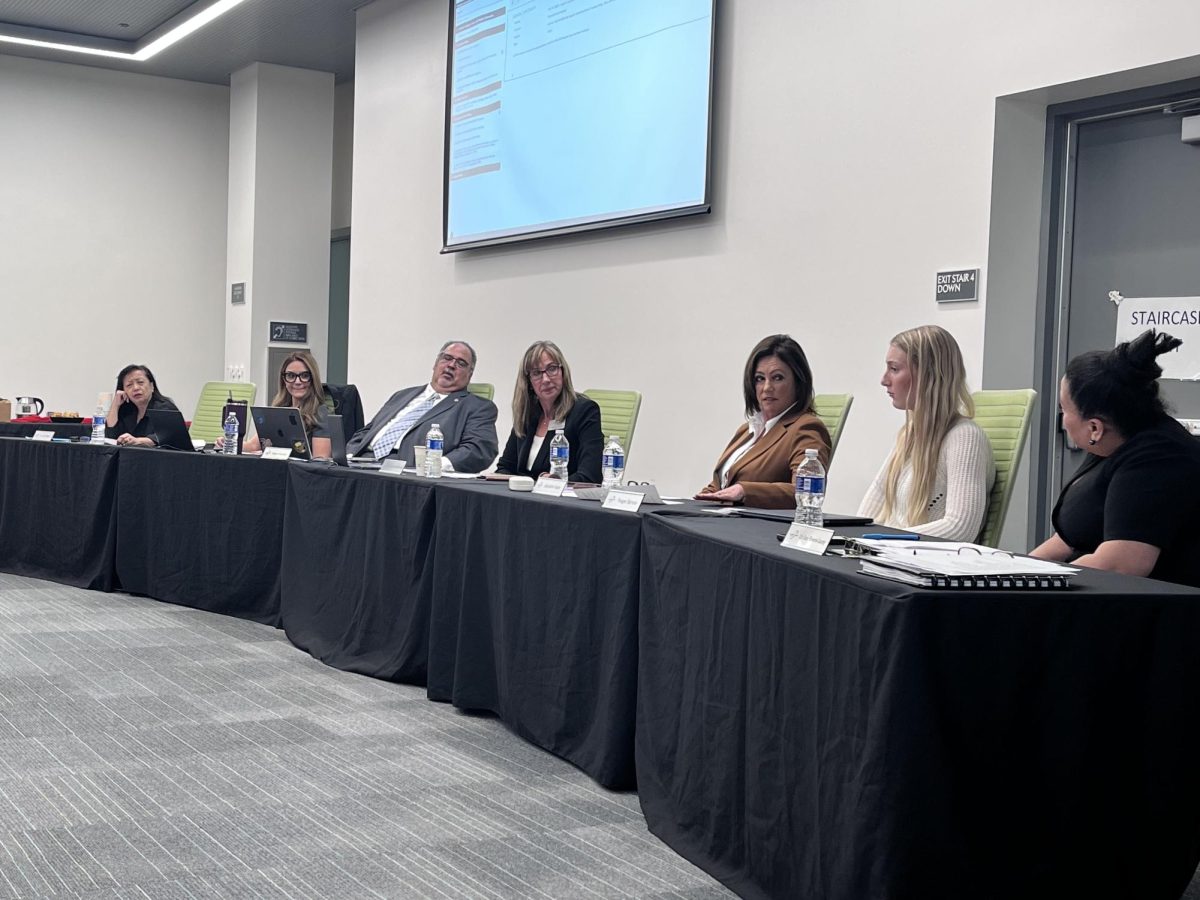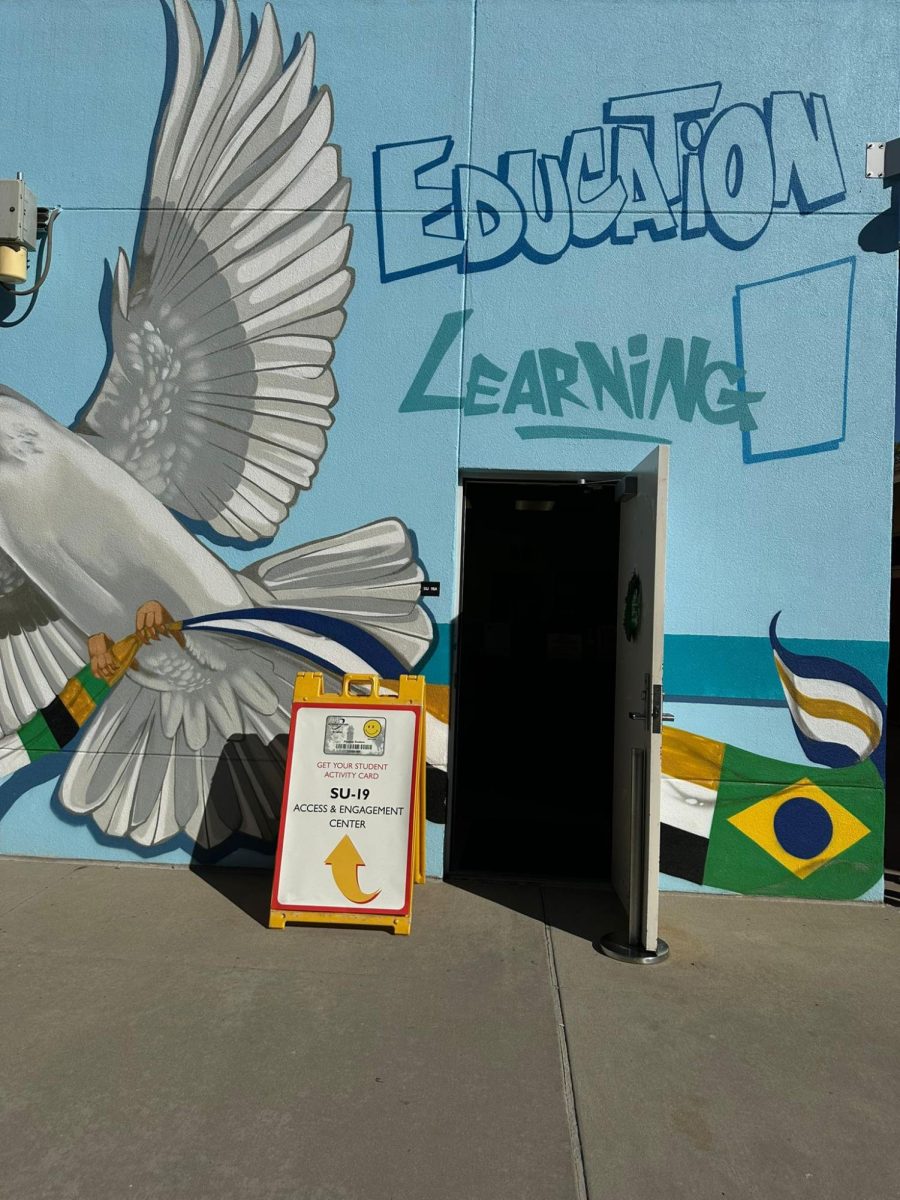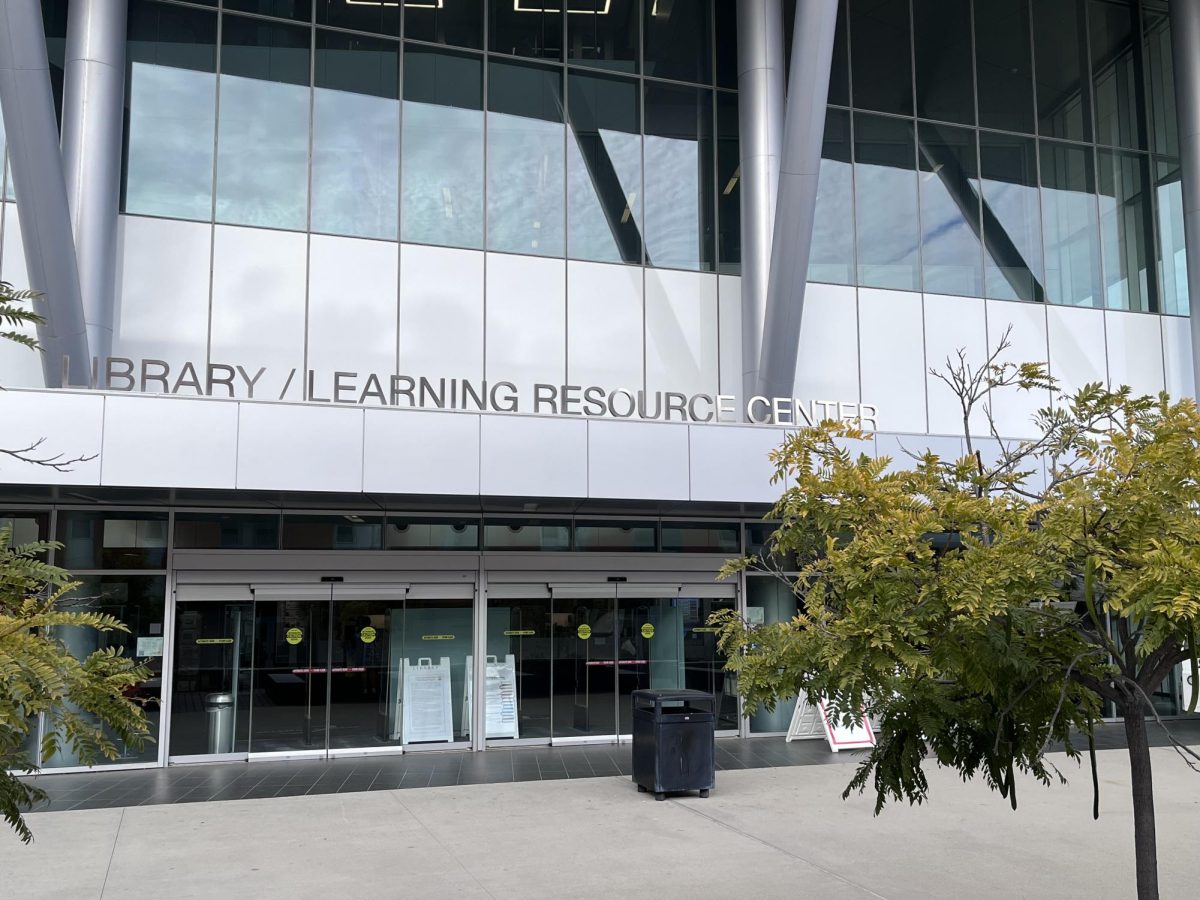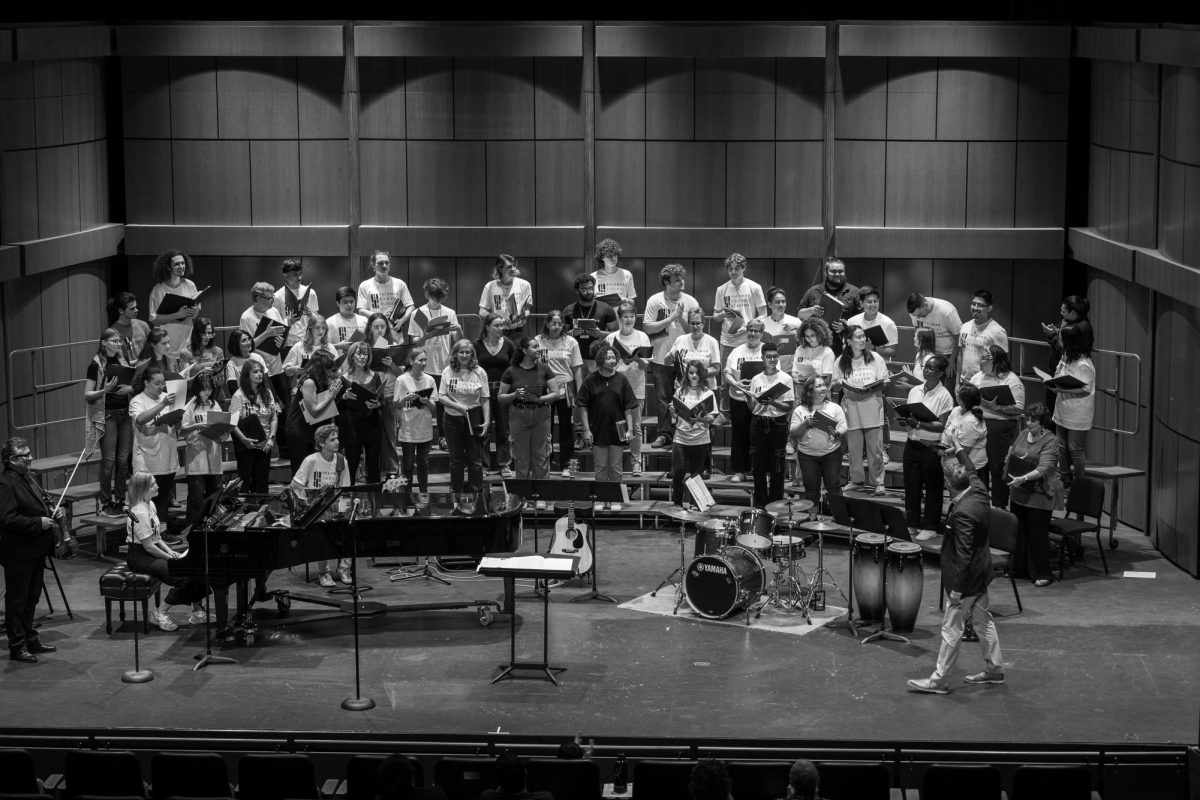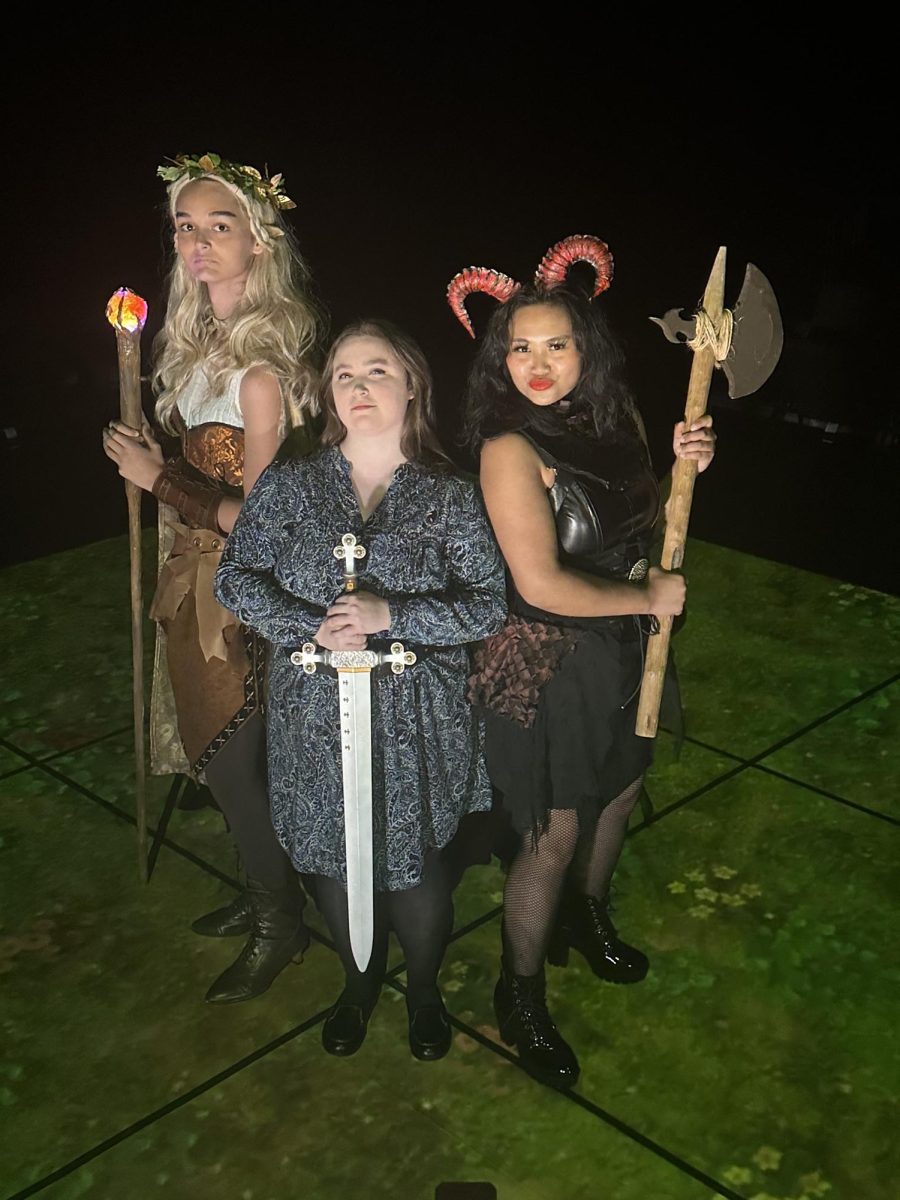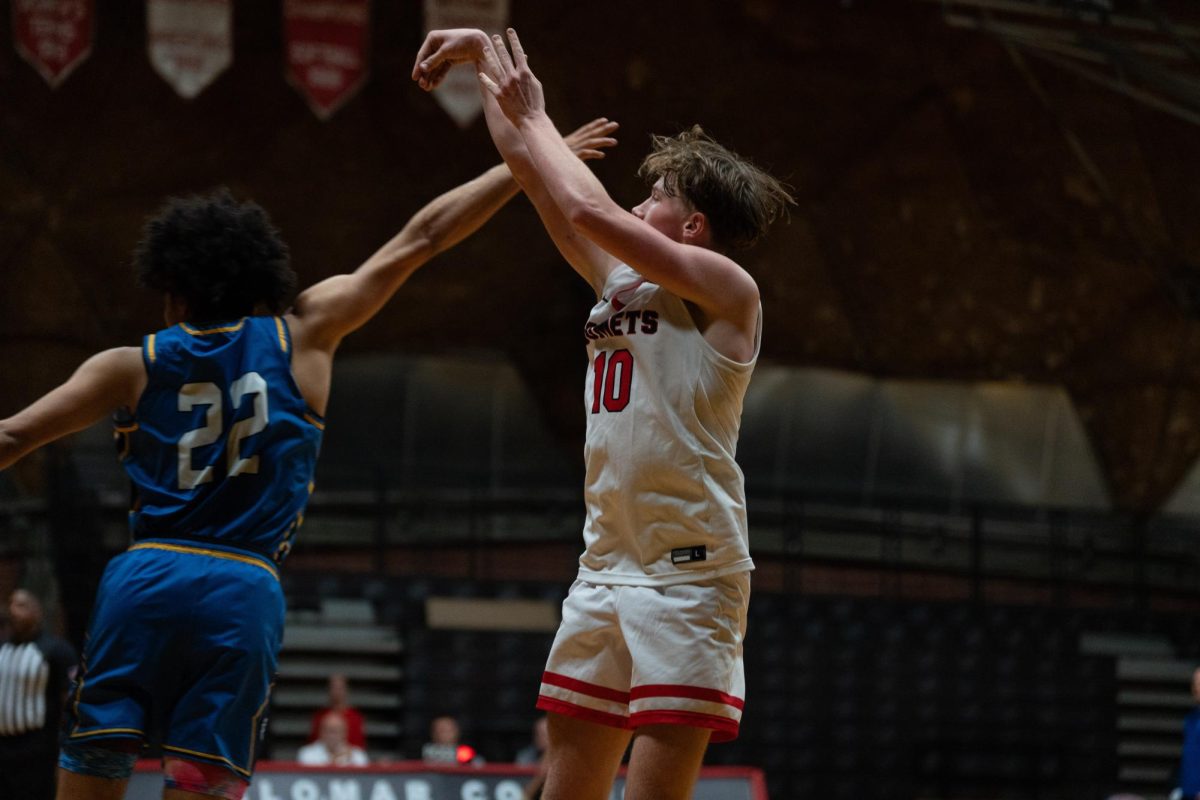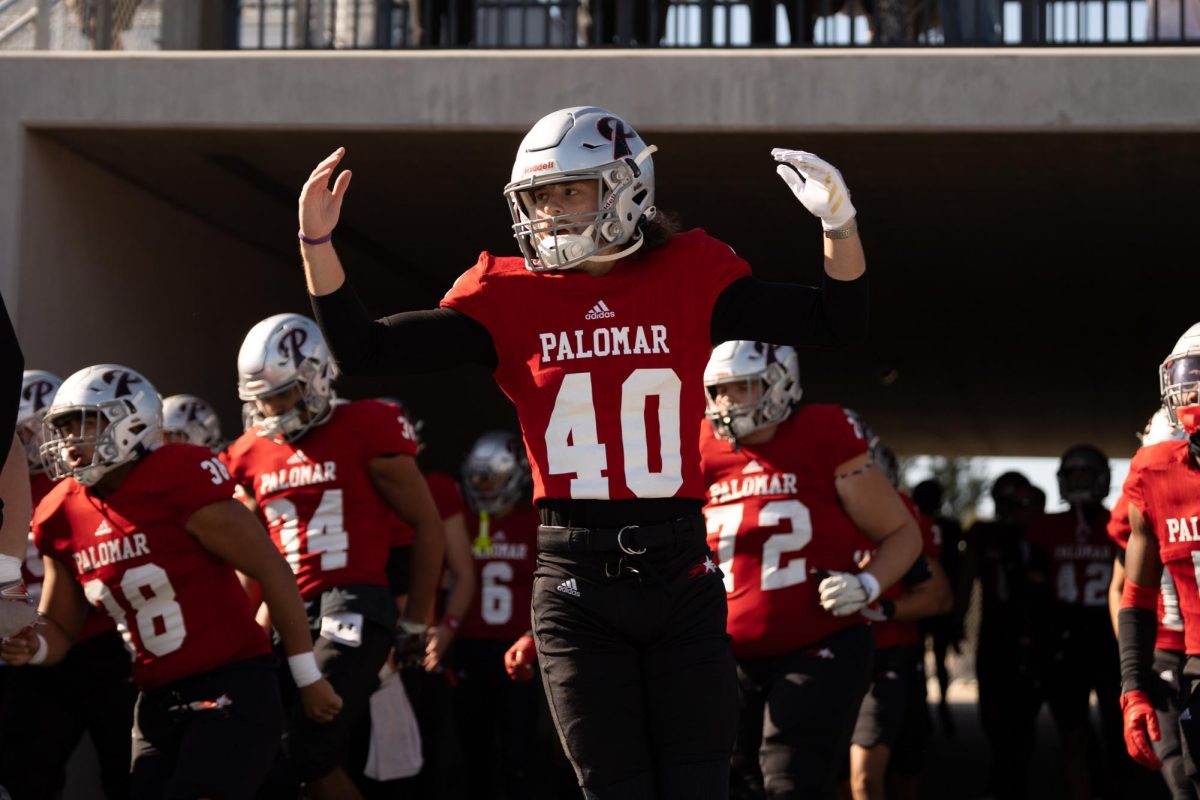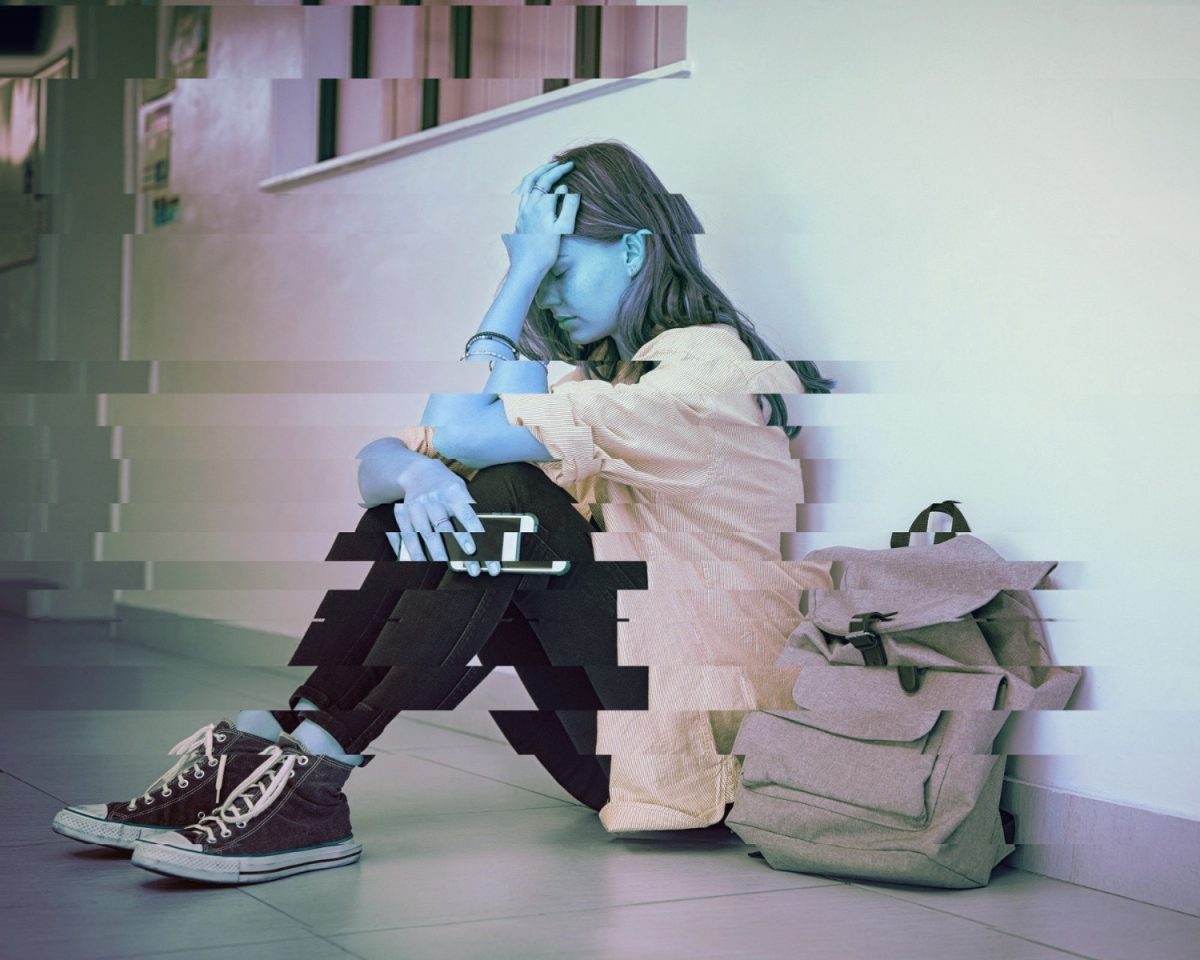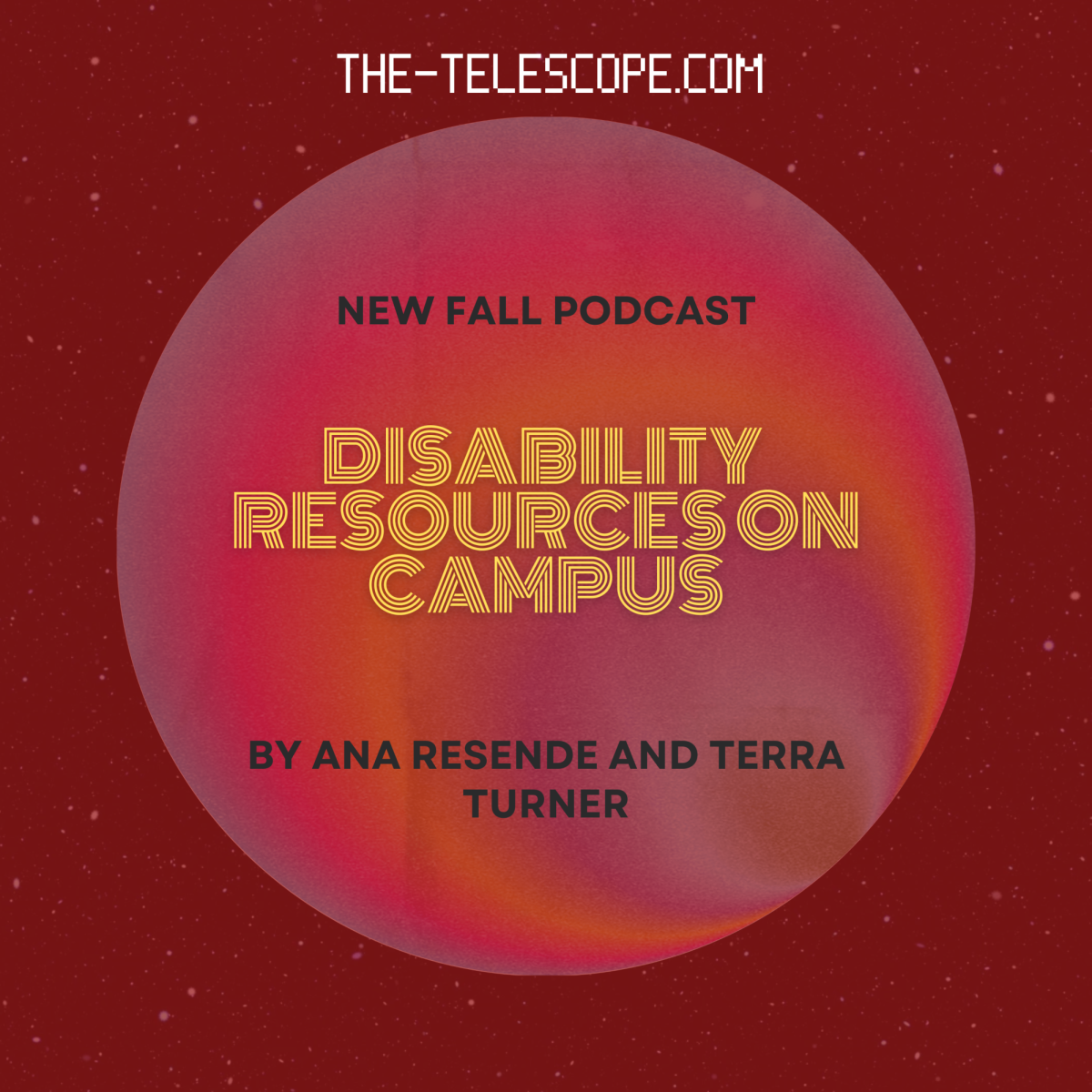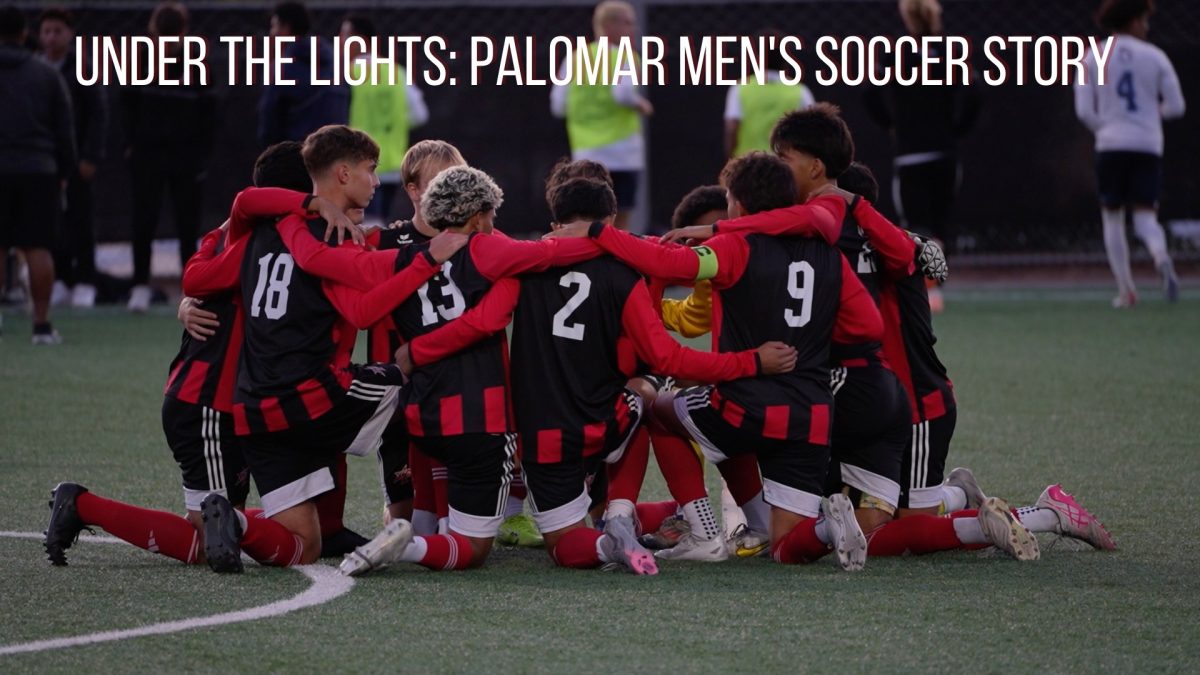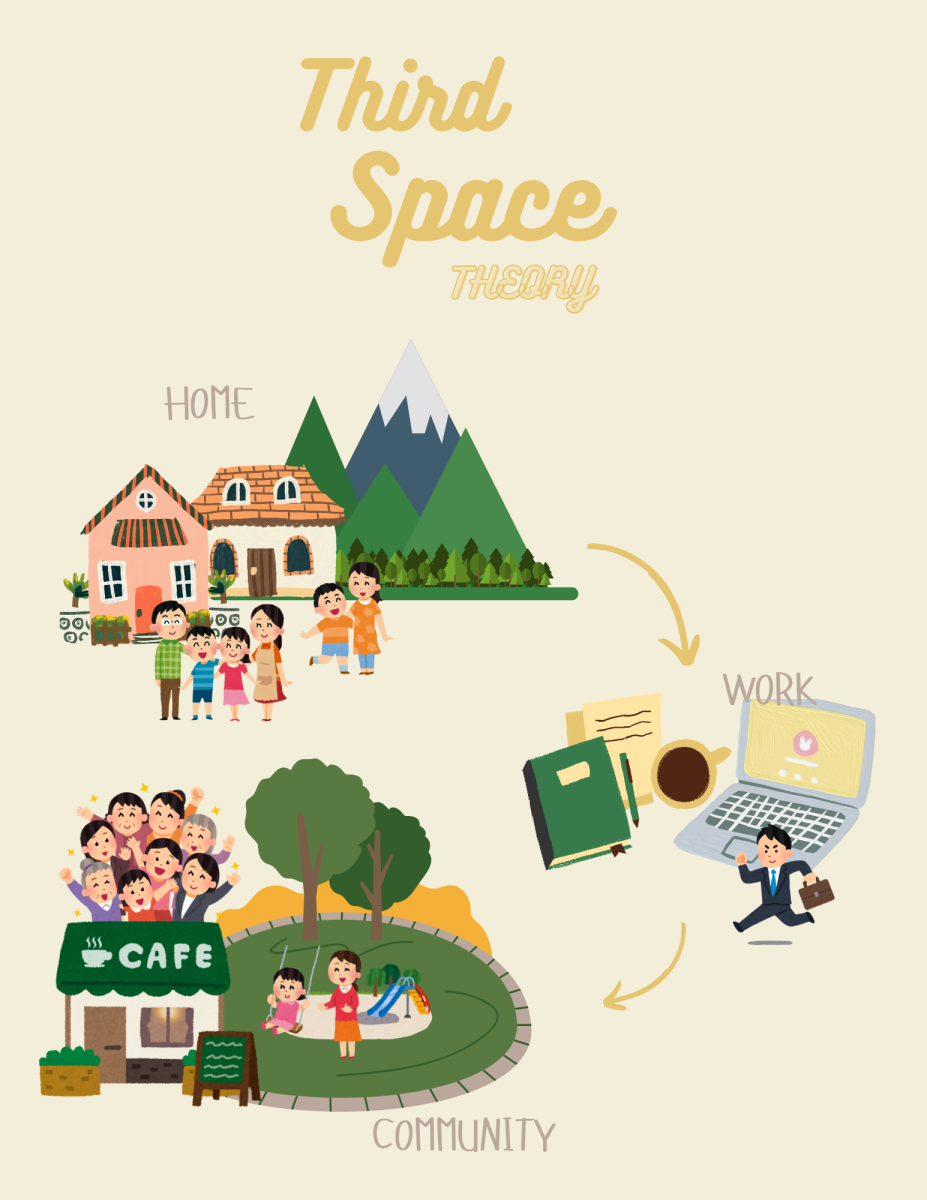On Sept. 14 the marquees of Broadway were lit once again, a year and a half after 41 theaters shut down because of COVID-19. However, with New York City averaging about 1,539 cases in the last 28 days, the Broadway experience must be rethought for the safety of all those involved.
With the recent 74th Annual Tony Awards’ theme being “Broadway’s Back!” it is no secret that the world is ready to welcome live theatre once more. Even Palomar’s own Performing Arts Department recently held its first live theatre performance since the beginning of the pandemic over a year ago.
However, as proven by the return to Zoom for the rest of Palomar’s theatre season, a return to normal theatre is more complicated than you might think.
Last May then New York Gov. Andrew Cuomo said that Broadway could welcome audiences back at full capacity Sept. 14. Among the shows to wait it out were “The Lion King,” “Hamilton,” and “Wicked.” By the end of 2021 about 39 shows in total will begin performances again.
However, one thing is clear, the theatre-going experience has changed for the safety of all parties involved. Audience members must show proof of an FDA- or WHO-authorized vaccination, while children can get enter with a negative coronavirus test. Employees and theatre-goers must also wear masks at all times .
The different theaters have upgraded their air filtration systems and begun use of new filters recommended by the Center for Disease Control and Prevention. Ushers no longer only show theatregoers to their seats, but also check vaccine cards and enforce the mask mandate.
There will no longer be intermissions or opportunities for autographs at the stage doors. In fact, to minimize the amount of time people are in an enclosed space together, many shows are shortening their run time to 90 minutes.
There is also the enormous financial impact to think about. Broadway employs nearly 97,000 locals, and in 2019 drew in 14.6 million people and $1.8 billion in tickets. To go from such a profitable year to essentially starting over again will be a great challenge. Especially considering the lack of tourists that previously made up two-thirds of Broadway audiences.
Broadway also suffered other losses such as playwright Terrence McNally and actor Nick Cordero, who both died of COVID-19. As well as five shows that will not be returning to Broadway including “Frozen,” “Mean Girls,” and the controversial revival of “West Side Story.” With all of them already starting to lose purchases at the box office, the pandemic was the final straw.
Live theatre groups are having to rethink what it means for “the show to go on,” in an era where one unexpected COVID case can put a halt to an entire production. Palomar’s Performing Arts Department was faced with this problem while rehearsing for their first in-person show since the pandemic.
When an actor’s sister tested positive for COVID the group had to hold off on all in-person rehearsals and move back to Zoom for two weeks. This delay meant they had to postpone their opening night by a week.
As difficult as it may be, the world needs live theatre. With New York hitting 70% vaccination in June it may be time to reopen Broadway. However, it must be with the utmost precautions as the risks of COVID-19 are still real and present even on a Broadway stage.

